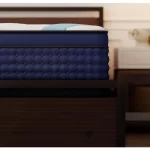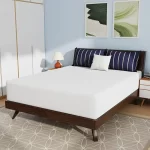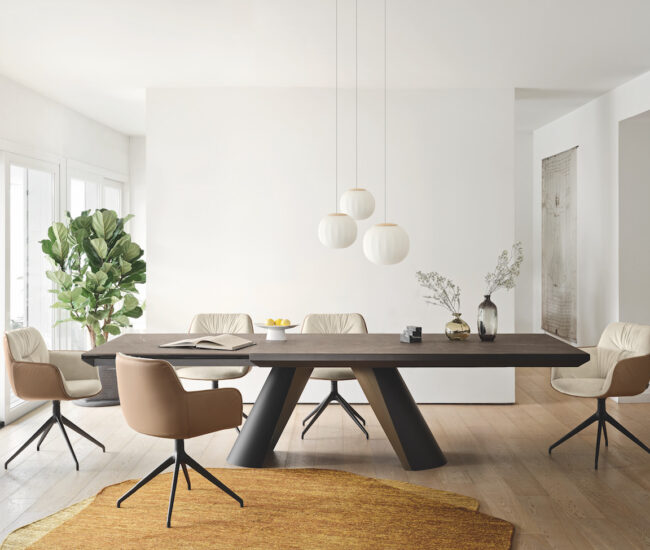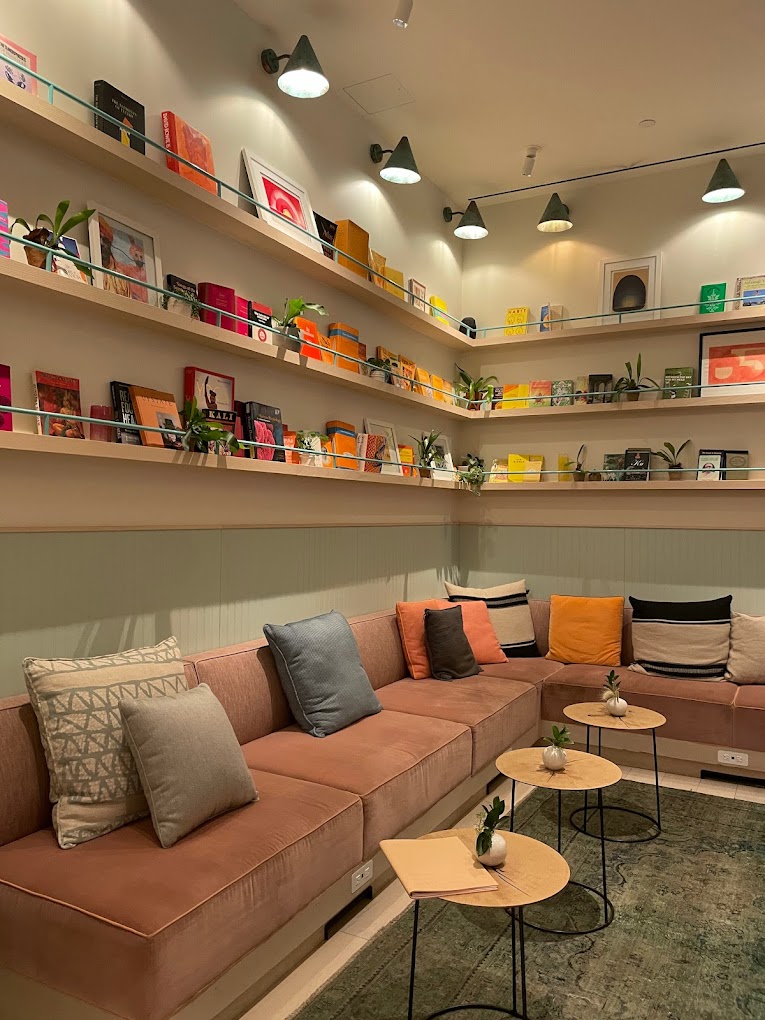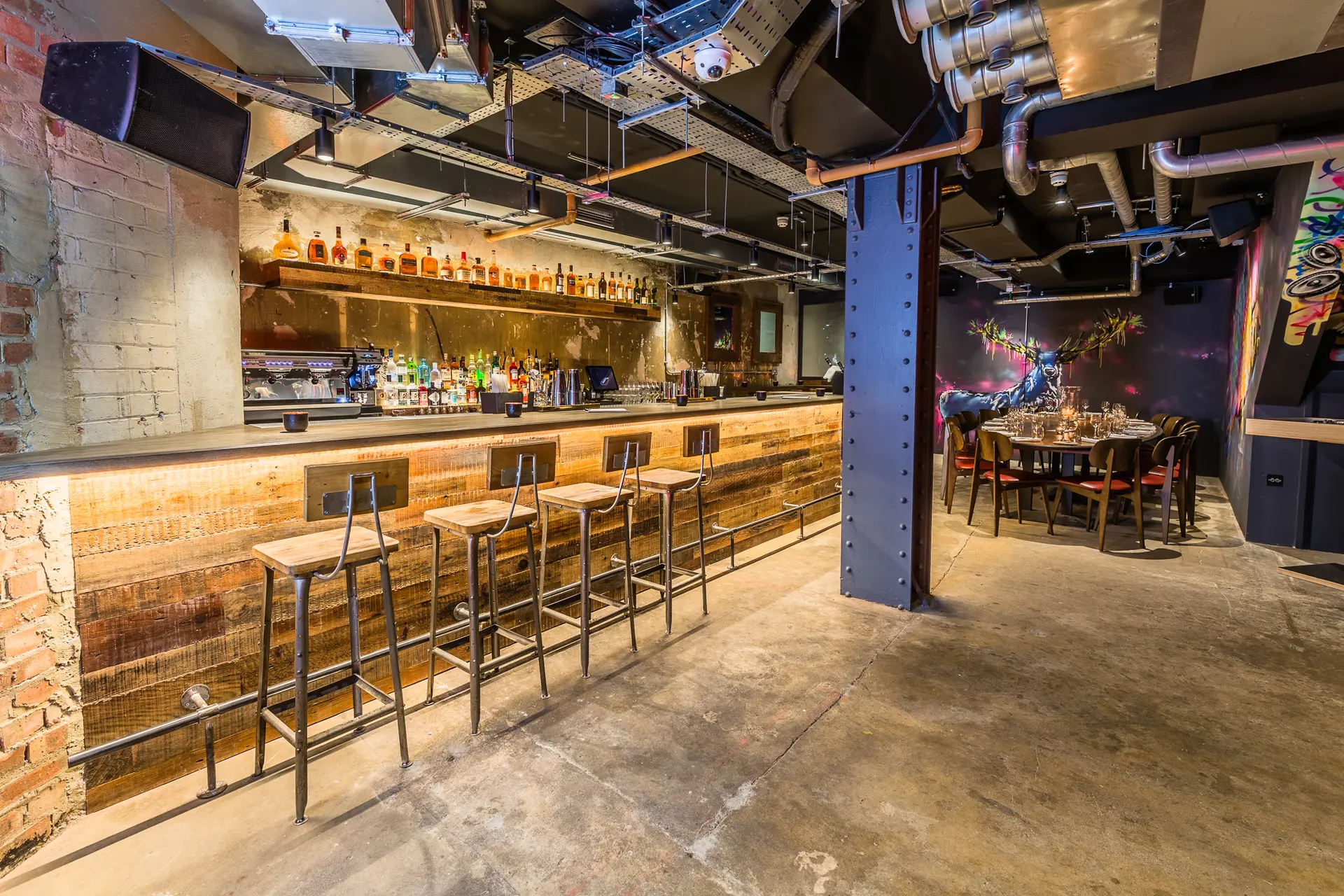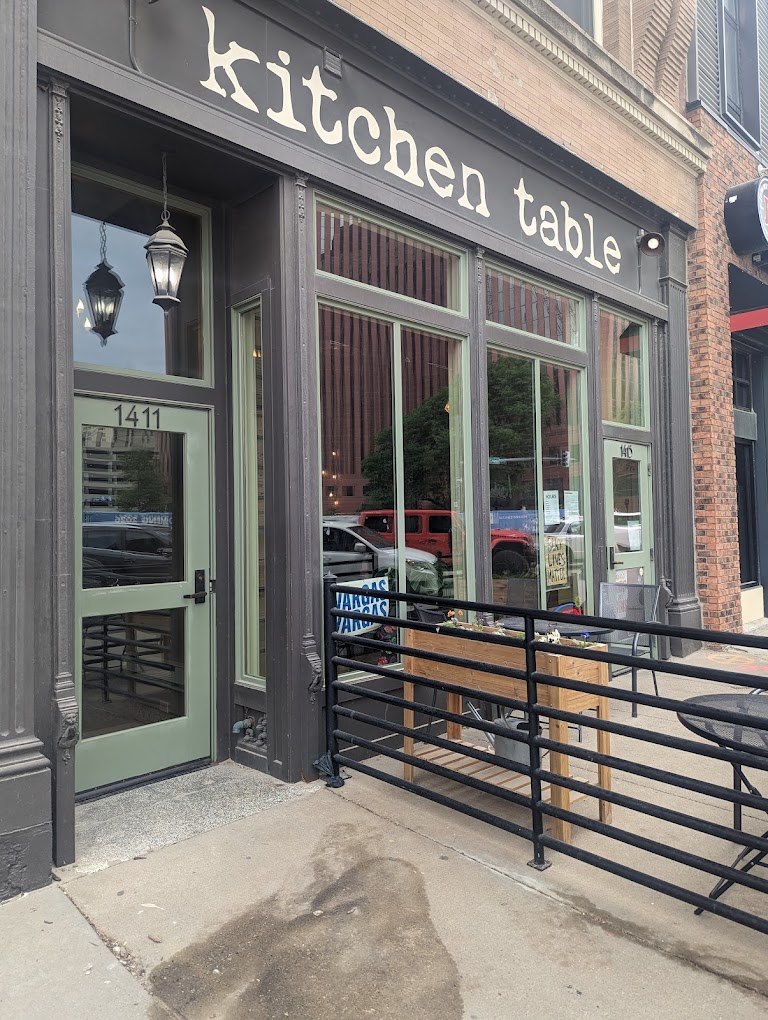Acacia wood is coveted for its lustrous golden tones and distinctive grain patterns that add natural beauty to any dining space. However, without proper protective measures, acacia furniture can be susceptible to scratches, watermarks, separations, and other damage over time. By implementing some simple care guidelines, you can keep your acacia wood dining table looking pristine for decades.
Use Placemats to Prevent Scratches and Spills
Using placemats is an easy first line of defense to protect the surface of your acacia dining table. Look for thick placemats with cushioned backing that can absorb condensation and small spills before they damage the wood. Cork, felt, and faux suede are excellent materials that provide a soft barrier between plates and the table’s finish. Rotate placemats periodically to distribute wear evenly. Wipe up spills right away as you would normally.
For an extra layer of protection during more crowded gatherings or with young children, utilize table runners down the center of your table. Table runners can soak up accidental drips and splashes from serving dishes and prevent scratches from sliding plates and utensils during passed meals.
Use Tablecloths Sparingly
While an acrylic or polyester tablecloth can shield an acacia dining table at busy occasions, take care to remove the covering immediately after dining. Prolonged contact with table linens, especially under dishes and bowls, can trap moisture against the wood over time and diminish the finish. Only utilize table cloths temporarily for added safeguarding during special events and meals.

Apply Felt Pads to Table Legs
Self-adhesive felt pads are an easy, inexpensive way to prevent floor scratches and help furniture stay in place. Apply felt pads to the bottom of each table leg, using sufficiently large pads that make flat contact rather than small corner dots. Check felt pads every few months and replace as needed when they become compressed or worn. Opt for soft felt rather than thin plastic pads for the best protection. Keep extra pads on hand so you can promptly replace any that become dirty or detached.
Lift Items When Moving Rather Than Sliding
Help preserve your dining table’s finish by lifting glasses, dishes, serving pieces, and other items vertically when removing them from the table rather than sliding them across the surface. This prevents utensils from scratching the acacia wood. It also minimizes abrasion from any ceramic, stoneware, or cast iron serving pieces with unglazed rough bases. Encourage children and guests to pick up rather than push dinnerware across the table.

Use Trivets and Hot Pads
Despite its resilience, acacia wood can still be damaged by excessive concentrated heat. Always use trivets, hot pads, or thick placemats when setting hot pans, dishes, or serving platters from the stove, oven, or microwave onto the dining table. Leaving extremely hot cookware directly on an unprotected acacia surface risks discoloration, burns, or even cracks in the finish. Trivets provide an air gap that allows heat to dissipate safely. Porcelain, marble, or granite trivets are durable, heat-resistant options.
Choose Gentle, Acacia-Safe Cleaning Products
For routine cleaning of an acacia dining table, stick to gentle cleaning solutions rather than harsh chemicals. Mix a mild, pH-neutral soap with warm water and use a soft lint-free cloth to wipe the table clean as needed. Avoid using abrasive scouring pads or brushes that could scratch the finish. Simple solutions like diluted vinegar or salt water can also help remove water spots and stains.
For polishing and conditioning, select wax-based sprays and polishes specifically formulated for exotic hardwood furniture. Test products first on underside surfaces to check for any undesirable effects. Read labels closely and refrain from oil-based cleaners, which can leave greasy residue. With regular gentle cleaning and polishing, your acacia dining table’s finish will retain its radiant glow and smooth feel.

Regulate Indoor Humidity
Keeping humidity levels between 45-55% year-round helps minimize natural expansion and contraction in wood furniture. This stability preserves the structural integrity of acacia dining tables and prevents issues like cracks, splits, and finish damage. Use portable humidifiers or dehumidifiers as seasonal adjustments to maintain optimal humidity. Avoid placing acacia tables near heating and cooling vents where they will be exposed to blasts of dry or damp air.
Apply Protective Sealers and Finishes
While acacia wood has good natural water resistance, monthly applications of penetrating sealers enhance its durability and stain resistance. Water-based polyurethane, tung oil, and wax finishes formulated specifically for acacia prevent moisture from seeping into the grain. They also create a smooth surface that easily sheds water and other liquids. Reapply protective finishes per manufacturer instructions, typically every 1-2 months for optimal results. This regular sealing preserves the integrity of the wood and maintains the table’s lustrousappearance.
Tighten any Loose Hardware
Over time, the joints and hardware fasteners on dining tables can loosen with normal use. Every few months, inspect table leaves, leg assemblies, and other moving parts for loose screws, bolts, or fasteners. Tighten any hardware immediately to avoid joints wobbling and shifting. This prevents unnecessary strain on the wood components. Check for loose hinges, latches, and support mechanisms on expandable tables and fully extend leaves periodically to lubricate sliding parts.
Level Table Properly to Avoid Rocking
Ensure your acacia dining table sits solidly level without any rocking by periodically checking leg adjusters and table pads. Uneven legs or wobbly bases put unnecessary torque on tables leading to splits and cracks. Adjust glides as needed to distribute weight evenly and eliminate teetering when leaning on table edges.
Lift Leaves Gently to Avoid Damage
Expanding dining room tables require special care when handling leaves. Never yank roughly when pulling table leaves in or out. Gripping close to hinges, gently lift built-in leaf supports while easing the leaf up or down. Forcing leaves without gradually assisting hinge mechanisms can strip gears and cause costly damage. Take it slowly to avoid putting sideways strain on the beautiful but fragile wood grain.
Store Properly When Not in Regular Use
Use a soft table cover when not using your dining table for extended periods to prevent dust buildup. Avoid abrasive plastic covers that could scratch. Keep acacia wood out of direct sunlight to minimize discoloration patina changes over time. Before covering, treat wood with conditioning oil or wax to seal pores. Maintain climate control in storage areas year-round.
With some simple preventative care and maintenance, your stunning acacia dining table can serve as a warm, durable gathering place for family meals and celebrations for generations to come. Follow these tips to preserve its natural beauty and keep that smooth surface protected against the rigors of everyday life.



